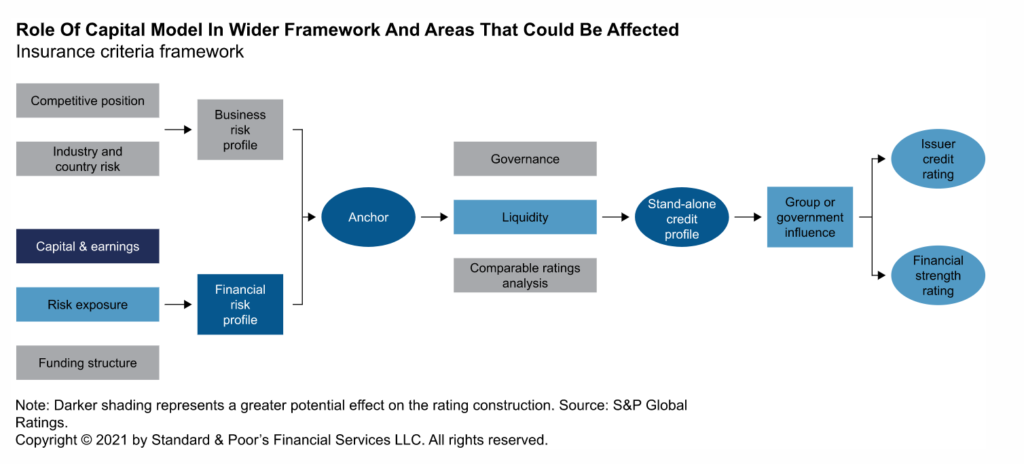Link: https://news.ambest.com/articlecontent.aspx?AltSrc=104&RefNum=317587
Excerpt:
A new set of revisions to the National Association of Insurance Commissioners requirements that govern real estate investments on the part of life insurers could be teeing up the asset class for growth in the future, as barriers to entry are lowered.
Late last year, the NAIC released a set of changes to its risk-based capital requirements that, for life insurers, lowered the factor for life and health companies. For so-called Schedule A investments—properties owned outright by carriers—the required set-aside was lowered to 11% from 15%. In the case of Schedule BA investments, such as partnerships and funds where the carrier isn’t the sole owner, that figure went down to 13% from 23%.
….
As of 2020, life and annuity insurers had $8.15 trillion in invested assets, with an overall net return on that sum of 4.1%, according to Best’s Rankings US Life/Health—2020 Asset Distribution. Meanwhile, Best’s Rankings US Life/Health—Industry 2020 Investment Returns—2021 Edition reports mortgages had a return of 4.42% compared to 4.22% for bonds.
George Hansen, senior industry research analyst, AM Best, said life insurers traditionally have only placed about 6% of their portfolios in Schedule BA real estate products and less than 1% in Schedule A real estate investments. Whether there’s any increase and by how much will likely be tied to which segments of the industry carriers are in, but Hansen said he doesn’t expect a huge increase.
Author(s): Terence Dopp
Publication Date: March 2022
Publication Site: Best’s Review
